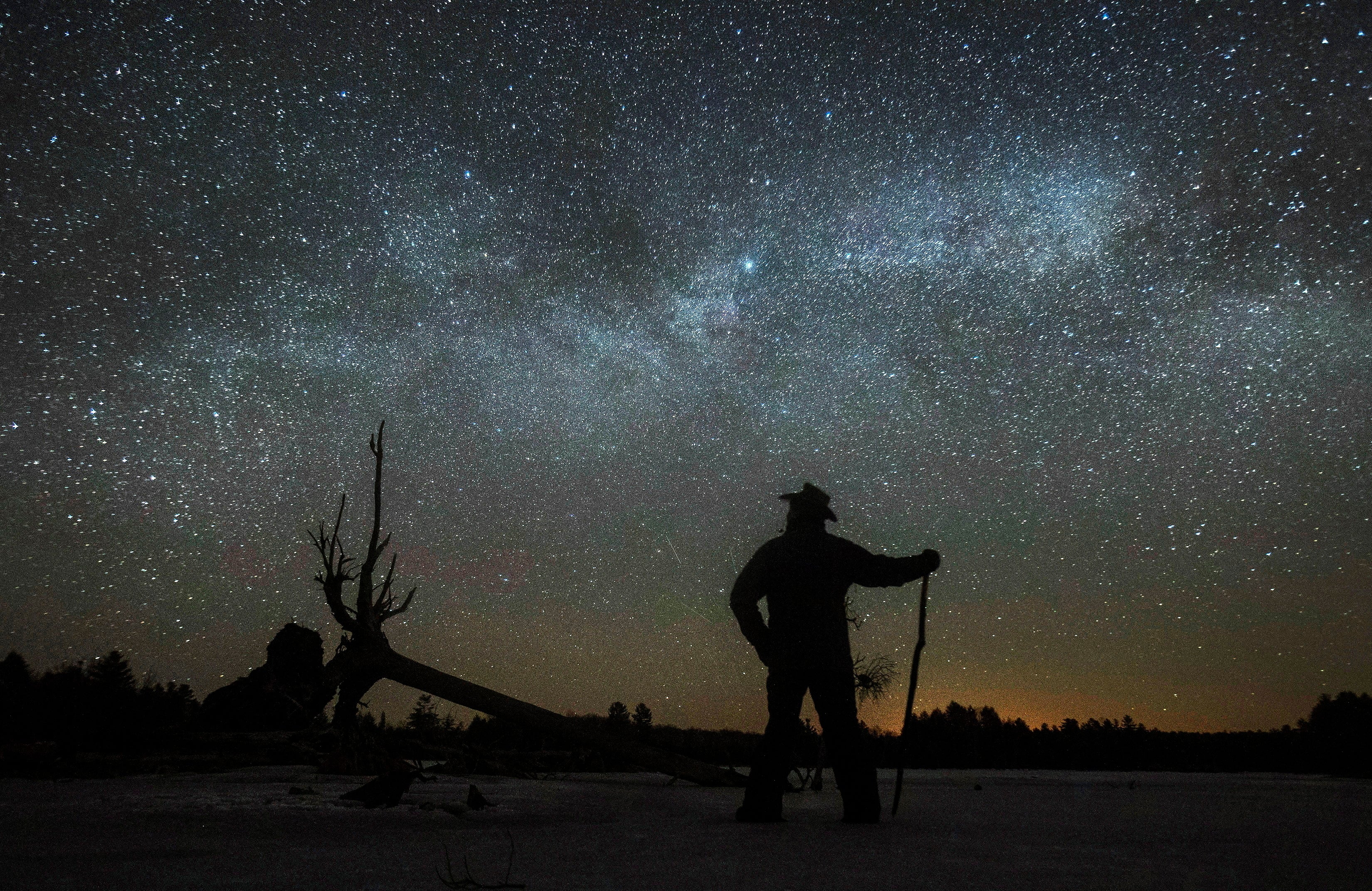Humanity gets peek at what happens inside a black hole

Scientists have got a peek at what is happening inside of black holes.
A new model – built on gravitational waves that were first detected almost 10 years ago – indicates what is going inside those mysterious objects. The new work could eventually help us understand what happens when they merge with each other, which is perhaps the most dramatic and extreme event known in the universe.
The first detection of gravitational waves came in 2015. Scientists used vast and precise equipment to see the wobbles in spacetime that happen when black holes collide, unleashing disruption that ripples across the universe.
In the time since, scientists have detected almost 100 merging black holes, from the gravitational waves that spread across the cosmos.
Scientists liken the process to shaking a box, and using the sound that comes out to try and understand the nature of what’s inside. The shaking in this case is the collision of two black holes, and the sound is the study of the gravitational waves they emit.
The new research used those measurements to better model the cosmic events themselves. That should allow scientists to map the structure of what is happening inside, and test how Einstein’s theory of general relativity holds up in very extreme environments.
Until now, scientific models have been based on “linear” interactions. They work well but are limited, because they don’t account for other kinds of behaviour, and the new study of nonlinear interactions could improve models by up to 10 per cent.
It will also help future observations, as scientists detect yet more colliding black holes. “This is a big step in preparing us for the next phase of gravitational wave detection,which will deepen our understanding of gravity and these incredible phenomena taking place in the far reaches of the cosmos,” said Macarena Lagos, a co-author on the new paper.
LIGO, the observatory that first detected those gravitational waves, has been offline since 2020 because of the pandemic. But new systems will be switched on in the coming years, that could detect more black holes in more detail.
A study detailing the model, ‘Nonlinearities in Black Hole Ringdowns’, is published in the journal Physical Review Letters.
Subscribe to Independent Premium to bookmark this article
Want to bookmark your favourite articles and stories to read or reference later? Start your Independent Premium subscription today.

Join our commenting forum
Join thought-provoking conversations, follow other Independent readers and see their replies